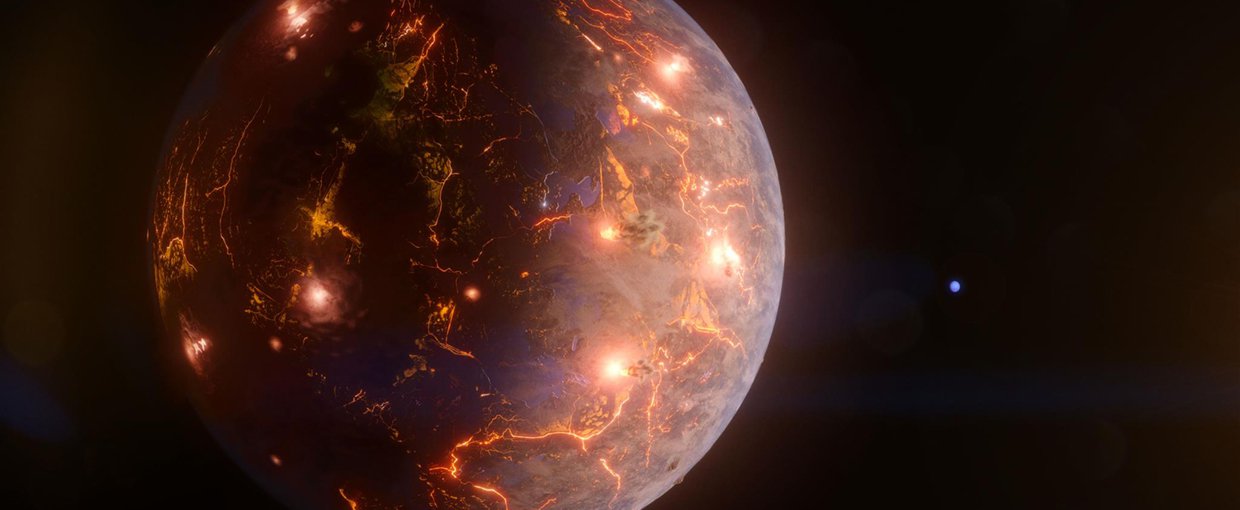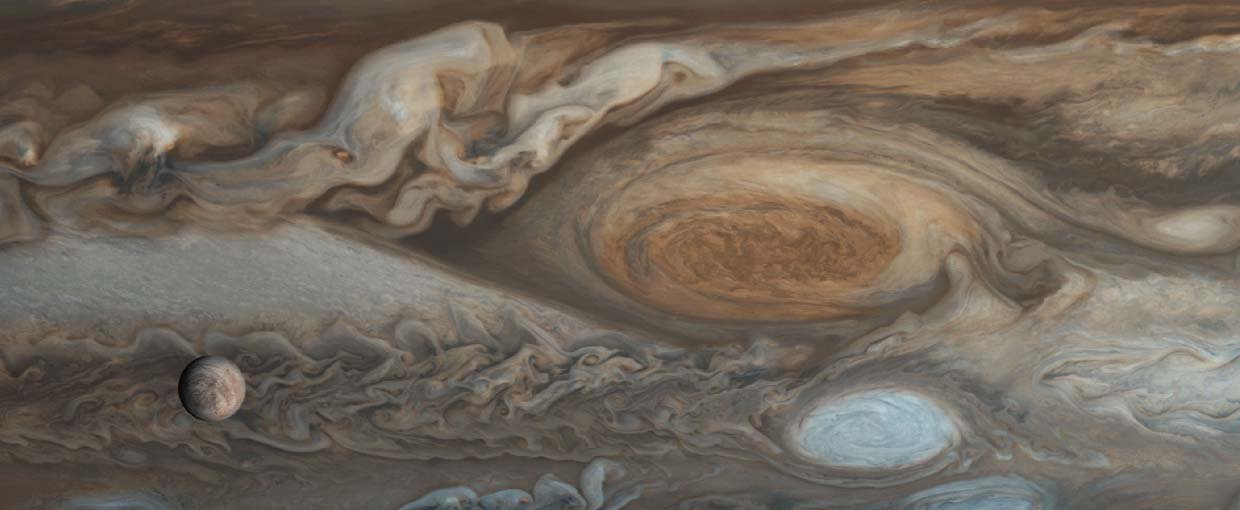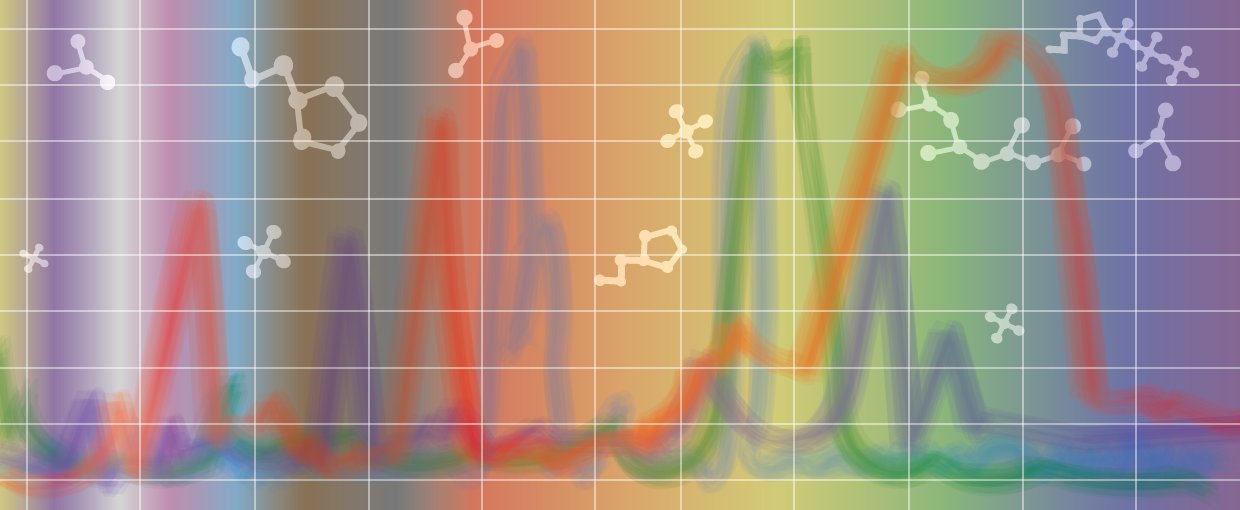Heller, R., Williams, D., Kipping, D., Limbach, M. A., Turner, E., Greenberg, R., … Sasaki, T. (2014). Astrobiology, 14(9), 798–835. doi:10.1089/ast.2014.1147
Izidoro, A., Morbidelli, A., & Raymond, S. N. (2014). The Astrophysical Journal, 794(1), 11. doi:10.1088/0004-637x/794/1/11
Kane, S. R., Kopparapu, R. K., & Domagal-Goldman, S. D. (2014). The Astrophysical Journal, 794(1), L5. doi:10.1088/2041-8205/794/1/l5
Kump, L. R. (2014). Proc Natl Acad Sci USA, 111(39), 14062–14065. doi:10.1073/pnas.1321496111
Levitt, N. P. (2014). Rapid Commun. Mass Spectrom., 28(21), 2259–2274. doi:10.1002/rcm.7019
Mattioda, A. L., Bauschlicher, C. W., Bregman, J. D., Hudgins, D. M., Allamandola, L. J., & Ricca, A. (2014). Spectrochimica Acta Part A: Molecular and Biomolecular Spectroscopy, 130(None), 639–652. doi:10.1016/j.saa.2014.04.017
Nachon, M., Clegg, S. M., Mangold, N., Schröder, S., Kah, L. C., Dromart, G., … Ollila, A. (2014). Journal of Geophysical Research: Planets, 119(9), 1991–2016. doi:10.1002/2013je004588
O’Brien, D. P., Walsh, K. J., Morbidelli, A., Raymond, S. N., & Mandell, A. M. (2014). Icarus, 239(None), 74–84. doi:10.1016/j.icarus.2014.05.009
Perroni, Y., GarcíA-Oliva, F., & Souza, V. (2014). Journal of Arid Environments, 108(None), 29–37. doi:10.1016/j.jaridenv.2014.04.009
Pirim, C., Pasek, M. A., Sokolov, D. A., Sidorov, A. N., Gann, R. D., & Orlando, T. M. (2014). Geochimica et Cosmochimica Acta, 140(None), 259–274. doi:10.1016/j.gca.2014.05.027



